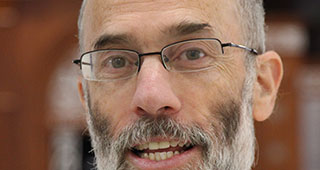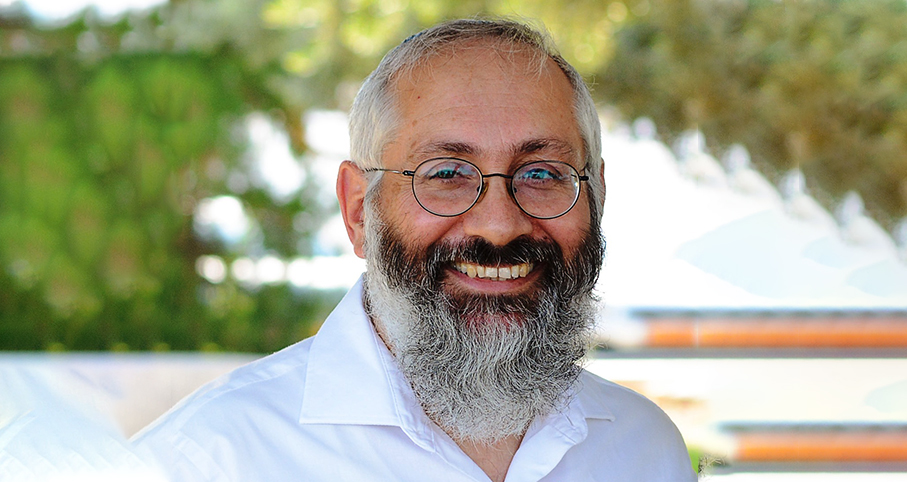Beit Midrash
- Sections
- Peninei Halakha
- Shabbat and Holidays
- Sefirat Haomer
- The Laws of Sefirat Ha'omer
The days between Pesaĥ and Shavu’ot are days of sorrow, because 24,000 of R. Akiva’s students died during that period. Therefore, we keep some customs of mourning during this period: we do not marry, get haircuts, or engage in elective dancing.
Before we discuss the details of these customs, let us expand a bit upon the main point, namely, the reason R. Akiva’s students died. The Talmud states:
R. Akiva had 12,000 pairs of students…and they all died during the same period, because they did not treat each other with respect…. It is taught in a beraita, “They all died between Pesaĥ and [Shavu’ot]…and they all died a terrible death.” The world was desolate until R. Akiva came to our rabbis in the south and taught them [and these are the new students]: R. Meir, R. Yehuda, R. Yose, R. Shimon, and R. Elazar b. Shamu’a; it was they who revived the Torah. (Yevamot 62b)
The Midrash (Bereishit Rabba 61:3) further recounts that R. Akiva said to his new students, “My sons, the first ones died only because they begrudged one another; make sure not to do as they did.”[1]
Since then, the omer period has become a time when some mourning customs are observed and when people, especially Torah students, try to improve their interpersonal relationships. Since this is based on custom, rather than an explicit rabbinic enactment, customs vary among the different Jewish communities, as we will explain below.
Around a thousand years later, during the time of the Crusades, which began in the year 4856 (1096), Christians slaughtered thousands of Jews in Germany. These tragedies, too, occurred mainly during the days of the omer. Approximately 500 years later, in 5408-5409 (1648-1649), the Jews were massacred once again, this time in Eastern Europe. Tens of thousands of Jews were murdered. These pogroms also occurred, for the most part, during the omer period. Therefore, Ashkenazim are inclined to be more stringent regarding these customs of mourning.
[1] The Gemara states that the terrible death they suffered was askara, but R. Sherira Gaon writes in his Igeret that they died as a result of religious persecution. In this context, I have heard an interesting explanation: that they died during the Bar Kokhba rebellion. Some students went out to fight the Romans, while others continued studying Torah, and the members of the two groups denigrated one another, each saying: “I am greater than my colleague, for my contribution is important and beneficial, while my friend’s is useless.” Because of this baseless hatred between the fighters and the learners, they were defeated by their enemies, and they all died in a short period. Indeed, the date is not coincidental – they died between Pesaĥ, which represents Jewish nationalism, and Shavu’ot, which symbolizes the spiritual Torah. By showing disrespect for one another, these students created a rift between Pesaĥ and Shavu’ot, between nationalism and Torah, causing them all to die during this season. Some quote the passage from Bereishit Rabba as follows, “They begrudged one another’s Torah.” According to this, the primary rectification needs to be directed toward increasing respect between Torah scholars of different camps. (See below, end of n. 13, where we explain that these days have a festive side as well, serving as a Ĥol Ha-mo’ed of sorts – intermediate days between Pesaĥ and Shavu’ot.)


























